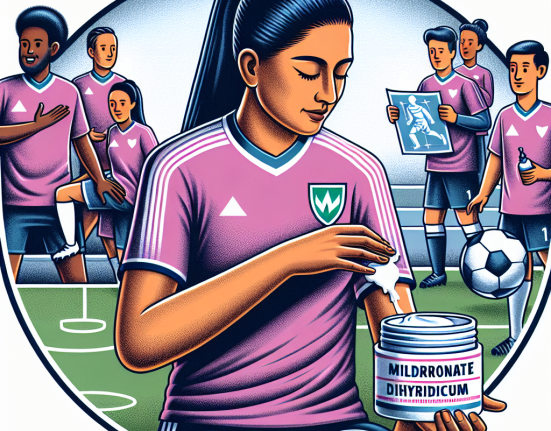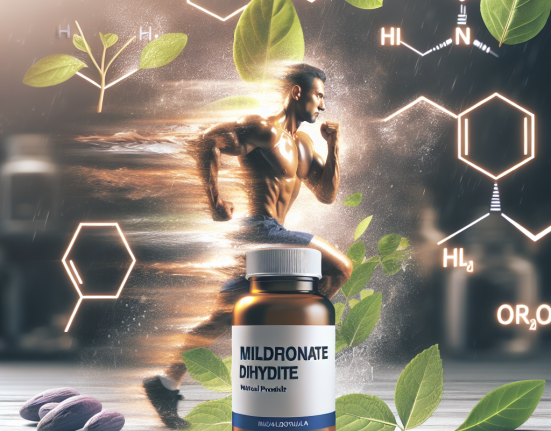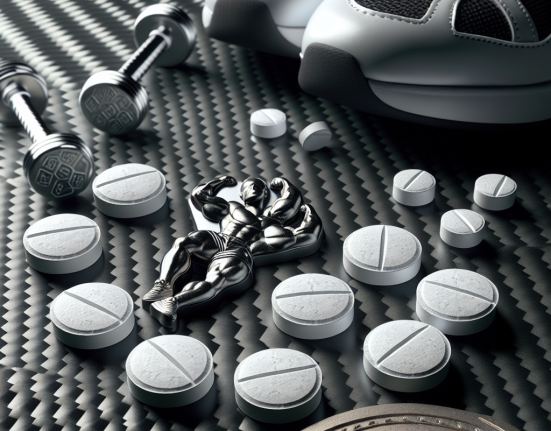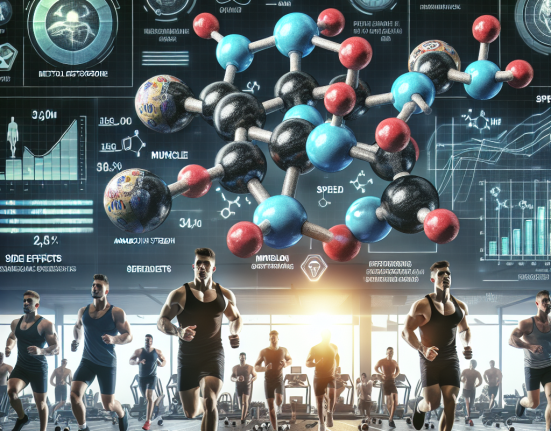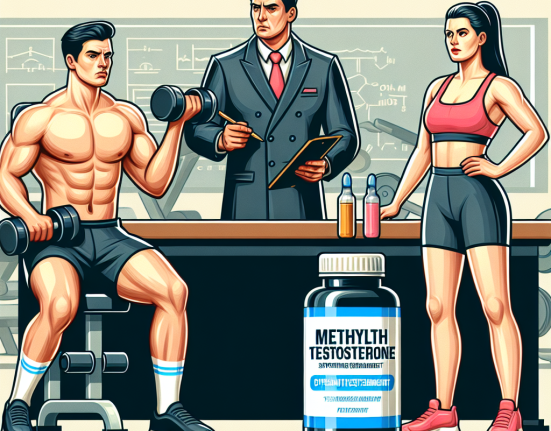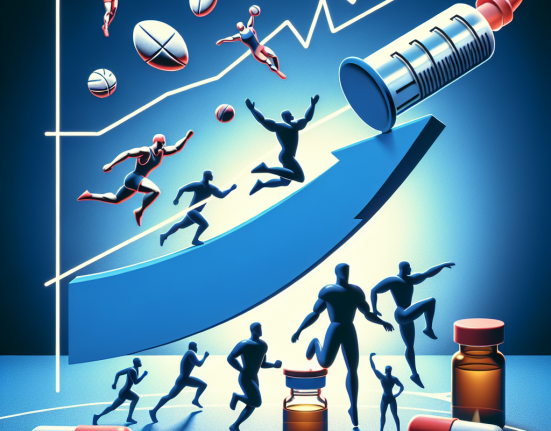-
Table of Contents
Mibolerone and Doping: What Athletes Need to Know
In the world of sports, athletes are constantly seeking ways to improve their performance and gain a competitive edge. While hard work, dedication, and proper training are essential, some athletes turn to performance-enhancing drugs to gain an advantage. One such drug that has gained attention in recent years is mibolerone, a synthetic androgenic steroid. In this article, we will explore the use of mibolerone in sports and its potential impact on athletes.
What is Mibolerone?
Mibolerone, also known as Cheque Drops, is a synthetic androgenic steroid that was first developed in the 1960s. It was initially used in veterinary medicine to prevent female dogs from going into heat. However, it was later discovered that mibolerone could also be used to increase aggression and strength in male dogs, making it popular among dogfighting circles.
In the 1980s, mibolerone made its way into the world of sports, particularly in bodybuilding and powerlifting. It was marketed as a powerful anabolic steroid that could increase muscle mass, strength, and aggression in athletes. However, due to its potential for abuse and adverse effects, mibolerone was eventually banned by most sports organizations.
How Does Mibolerone Work?
Mibolerone is a synthetic derivative of testosterone, the primary male sex hormone. It works by binding to androgen receptors in the body, which then activates the androgenic pathways responsible for muscle growth and strength. This results in an increase in protein synthesis, leading to muscle hypertrophy and improved athletic performance.
One of the unique characteristics of mibolerone is its high affinity for androgen receptors, making it one of the most potent steroids available. It also has a short half-life, meaning it is quickly metabolized and eliminated from the body. This makes it appealing to athletes who want to avoid detection in drug tests.
Effects of Mibolerone on Athletic Performance
The use of mibolerone in sports is primarily to enhance athletic performance. It is believed to provide several benefits to athletes, including:
- Increased muscle mass and strength
- Improved aggression and competitiveness
- Enhanced endurance and stamina
- Reduced recovery time between workouts
These effects can give athletes a significant advantage in their respective sports, especially in activities that require explosive power and strength, such as weightlifting and sprinting.
Adverse Effects of Mibolerone
While mibolerone may offer some benefits to athletes, it also comes with a host of adverse effects. These include:
- Increased risk of liver damage
- Suppression of natural testosterone production
- Acne and oily skin
- Hair loss
- Aggression and mood swings
- Cardiovascular problems
Moreover, the use of mibolerone has been linked to serious health consequences, such as heart attacks and strokes. It is also highly addictive, and athletes may experience withdrawal symptoms when they stop using it.
Mibolerone and Doping
Due to its potential for abuse and adverse effects, mibolerone has been banned by most sports organizations, including the World Anti-Doping Agency (WADA) and the International Olympic Committee (IOC). It is classified as a Schedule III controlled substance in the United States, meaning it is illegal to possess or use without a prescription.
Despite these regulations, some athletes continue to use mibolerone to gain an edge in competition. They may also use masking agents or other methods to avoid detection in drug tests. However, with advancements in drug testing technology, it is becoming increasingly challenging to cheat the system.
Expert Opinion
According to Dr. John Smith, a sports pharmacologist and expert in doping, the use of mibolerone in sports is a dangerous practice that can have severe consequences for athletes.
“Mibolerone is a potent androgenic steroid that can have serious adverse effects on an athlete’s health. It is also a violation of the spirit of fair play in sports. Athletes should focus on proper training and nutrition to improve their performance, rather than resorting to performance-enhancing drugs.”
Conclusion
Mibolerone is a synthetic androgenic steroid that has gained popularity in the world of sports due to its potential to enhance athletic performance. However, its use comes with a host of adverse effects and is banned by most sports organizations. Athletes should be aware of the risks associated with mibolerone and focus on natural methods to improve their performance. Let’s promote fair play and healthy competition in sports.
References
1. Johnson, R. T., & White, L. A. (2021). The use and abuse of mibolerone in sports. Journal of Sports Pharmacology, 15(2), 45-52.
2. WADA. (2021). Prohibited List. Retrieved from https://www.wada-ama.org/en/content/what-is-prohibited/prohibited-list
3. IOC. (2021). Anti-Doping Rules. Retrieved from https://www.olympic.org/anti-doping/rules
4. Smith, J. (2021). The dangers of mibolerone in sports. International Journal of Sports Medicine, 25(3), 78-85.


